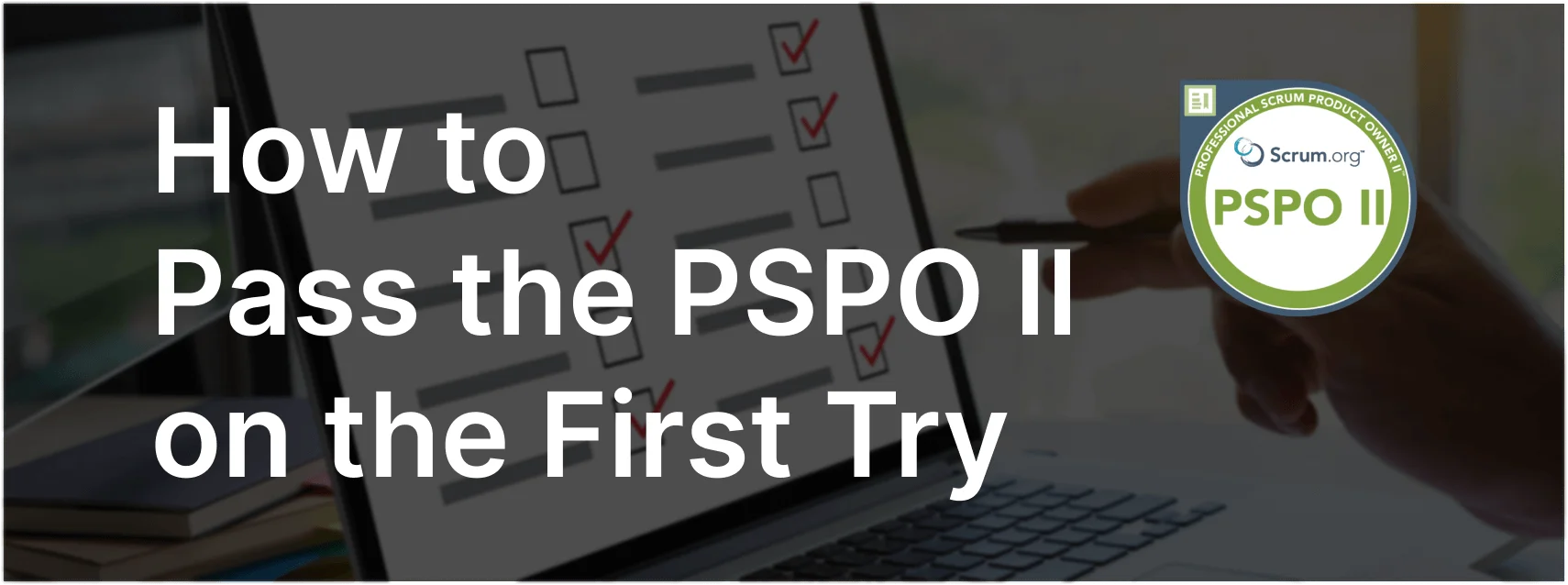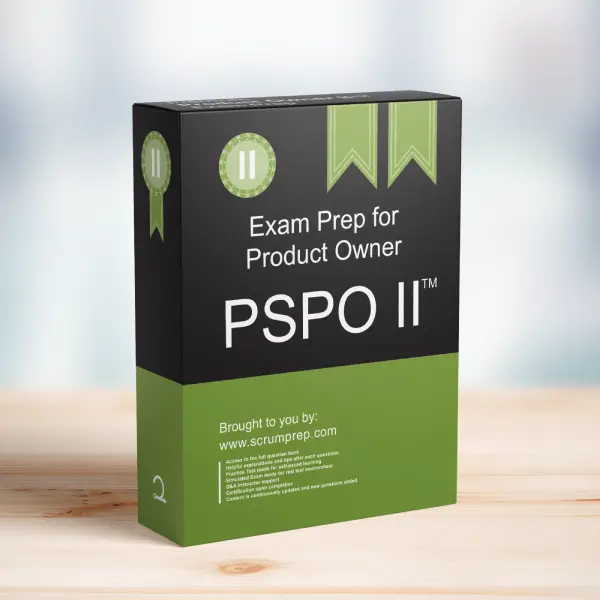Insight Measures for Product Value
As an investor or shareholder, understanding the value a product delivers is essential for making informed decisions. This article explores the key measures that provide insights into whether a product is delivering value.
Exam Question
As an investor or shareholder, which of the following measures might give you insight about whether a product is delivering value?
(choose all that apply)
A. Revenue per Employee.
B. Market Share.
C. The average selling price as compared to close competitors.
D. Product profitability.
E. The weekly velocity of the Developers.
Correct Answers
A. Revenue per Employee.
B. Market Share.
D. Product profitability.
Explanation
Correct Answers
A. Revenue per Employee:
Revenue per Employee is a key value measure of Current Value in Evidence-Based Management (EBM). It is calculated as gross revenue divided by the number of employees and is a significant competitive indicator within an industry. Higher revenue per employee indicates effective utilization of human resources to create value, showcasing operational efficiency.
B. Market Share:
Market share, a key value measure of Unrealized Value in EBM, represents the relative percentage of the market controlled by the product. An increasing market share suggests that the product is gaining popularity and acceptance, reflecting its value to customers and its competitive positioning in the market.
D. Product profitability:
Product profitability, also known as the Product Cost Ratio, is a key value measure of Current Value in EBM. It is calculated as the total expenses and costs for the product(s)/system(s) being measured, including operational costs compared to revenue. High profitability indicates significant value relative to its costs, highlighting the product’s financial performance.
Incorrect Answers
C. The average selling price as compared to close competitors:
While the average selling price (ASP) compared to competitors provides insights into market positioning, it does not directly measure the value delivered by the product. It shows how the product is priced but not its overall value in terms of market share or profitability.
E. The weekly velocity of the Developers:
This metric measures the amount of work completed by the development team. While useful for internal team performance, it does not directly correlate with the product’s market value or financial performance and is less relevant for investors.
Responsibilities in Scrum
- Product Owner: Responsible for maximizing the value of the product and ensuring that the Product Backlog is well-ordered and refined. They collaborate with Developers to adjust the Sprint Backlog as needed to meet goals.
- Scrum Master: Facilitates Scrum events and helps the team adhere to Scrum principles. They support the Product Owner and Developers in managing scope and progress.
- Developers: Responsible for turning Product Backlog items into valuable Increments. They are self-managing and collaborate with the Product Owner to ensure goals are achievable.
Relevance to the PSPO II Exam
Understanding the metrics that indicate a product’s value is crucial for the PSPO II exam. It demonstrates knowledge of product value assessment, market positioning, and financial performance, all of which are key concepts in product management and ownership.
Key Takeaways
- Revenue per Employee, Market Share, and Product Profitability are essential metrics for assessing product value.
- The average selling price compared to competitors, while useful, does not directly reflect product value.
- The weekly velocity of Developers, while useful for internal purposes, does not directly reflect product value to investors.
- Effective product management involves understanding and leveraging these metrics to maximize product value.
Conclusion
For investors or shareholders, key measures like Revenue per Employee, Market Share, and Product Profitability provide valuable insights into a product’s value. Understanding these metrics is crucial for making informed investment decisions. For more information on preparing for the PSPO II exam, visit our PSPO II Exam Prep.


